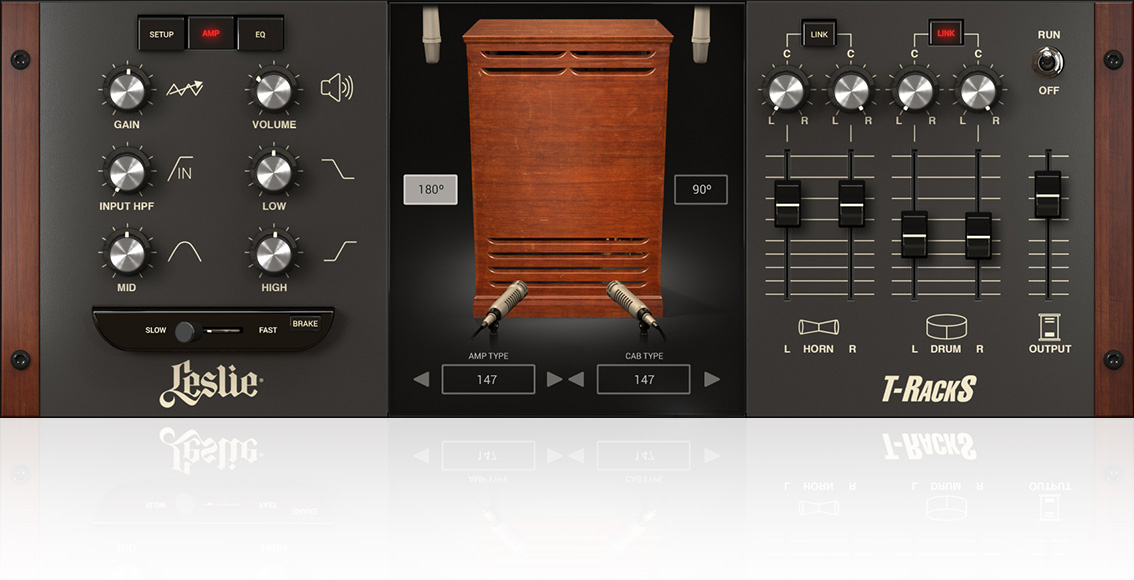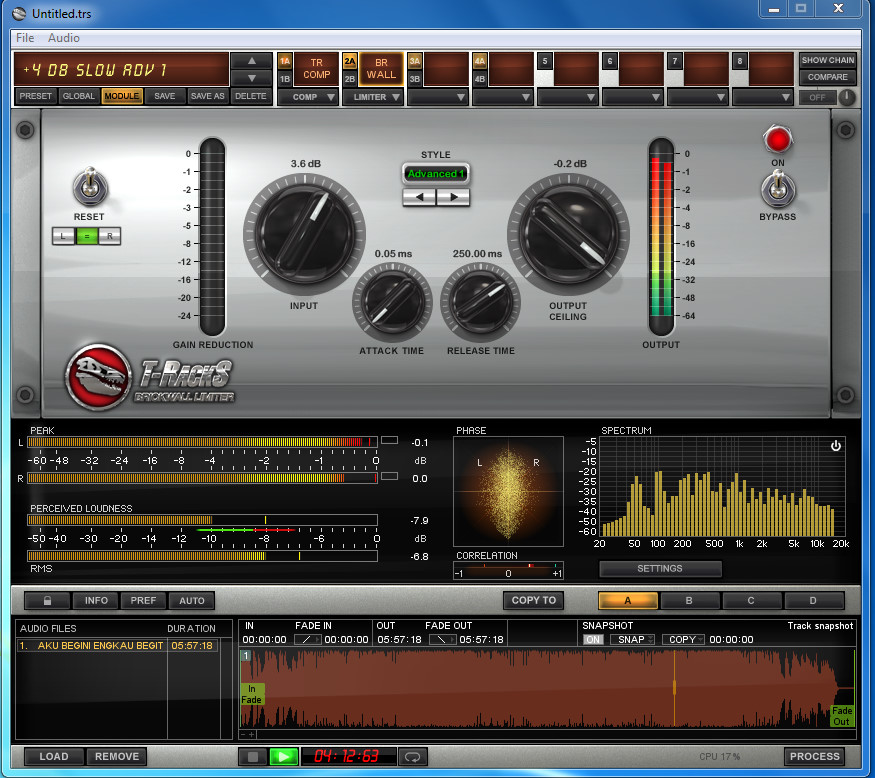
I believe that since most stereos usually have a pumped up low end and high end, that more mids seems to help balance it out and get it to travel better between systems. For me I find that I am usually putting in more of the mid range from about 300 hz to 1 or 5 khz than I would have first guessed. Put the tracks right next to each other and switch between them till you find the best eq. I usually pick out a certain song in the genre that I think sounds good on most everything that I put it in, and I use it for a guide for eq. I know that you don't want to hear "just use your ears", but that is really the only way to do the best job. However these results vary between songs but once again, just my observation that more seem to not have a flat curve than do. I have noticed that winamp only seems to show about the top 3 db and even though their frequency spectrum is way off, it does manage to show you that some of the songs that you think sound great, really are not anywhere near a flat curve. One thing to do that may help to show what I am talking about is as simple as listening to your music in winamp. However when I tried to do this I got less than satisfactory results. You would think that you could just look off the analyzer, use it to pinpoint a certain frequency that needs boosting then just go in with a eq and boost it. Although that curve may look relatively flat you may find that it is kinda hard to change. The Paz analyzer, while a wonderful tool, can also be a bit misleading. While the flat curve is nice to shoot for it really isn't that big of a deal that I think you are making it out to be. What do you guys think? How do you use PAZ? But I suspect that a flat curve will almost guarantee that the mix will not sound out of balance on most home/car/high-end stereos?

So is a flat response curve the "pro" way of EQ'ing a CD? I suppose an obvious answer is "use your ears, whatever sounds good". In order to analyze further, I played a couple of reference Pink Floyd CD's through the 001 and PAZ, and it shows that the frequency response is pretty flatish from 30Hz up to 16KHz, then drops sharply.

Should it be as flat as possible on a peak/instantaneous basis? However, I don't know what curve to shoot for. It showed very obviously my overall bass imbalance.

I started using the PAZ Analyzer from Waves, which shows the instantaneous and peak frequency spectrum volume charts in real time. If I burn a CD an play it on the JBL's, it is horrendous, I can't even hear the cymbals.

I found that if I mixed and EQ'ed on the small speakers, I'm artificially boosting the bass by an enormous amount (as much as 18db) to make it sound OK on these speakers. I have either ****** near-field monitors (generic Yamaha's that came with a mini-stereo) which have absolutely no low end, or high-quality 4350 JBL's, which are too big to fit in my studio.


 0 kommentar(er)
0 kommentar(er)
